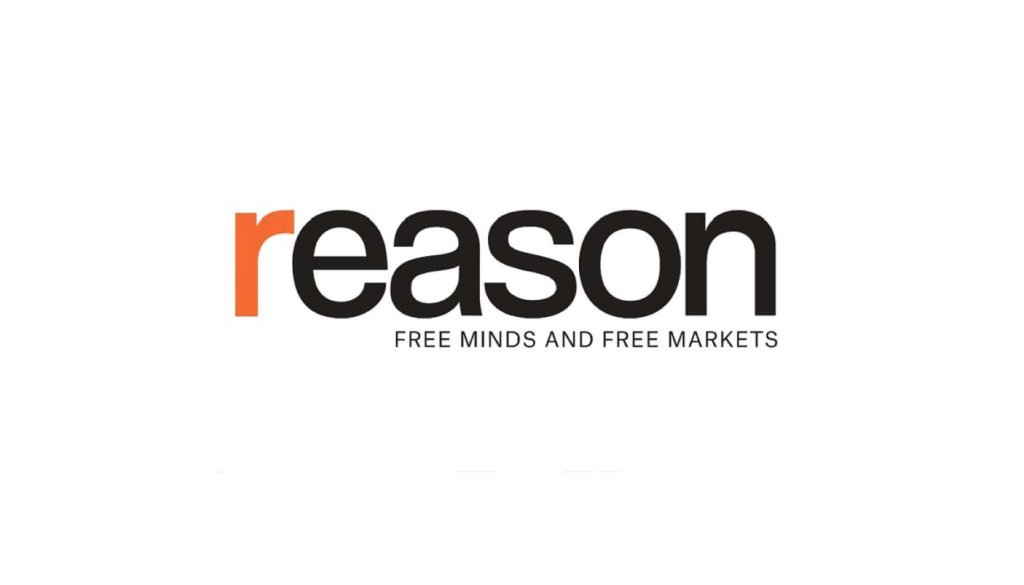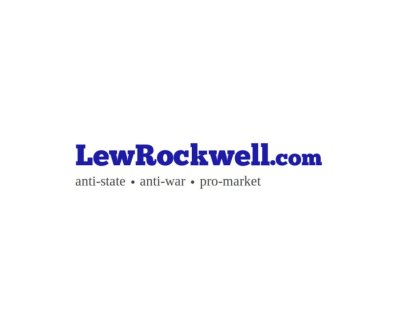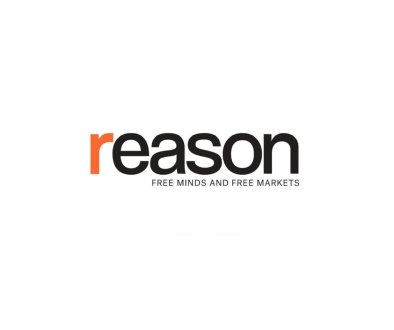Washington’s Debt Delusion: Economic Growth Cannot Fix the Deficit
Washington is running its largest peacetime budget deficit in American history. The national debt held by the public has leaped from 40 percent of the economy in 2008 to 100 percent today—on its way towards 250 percent of gross domestic product (GDP) within three decades. At that point, interest alone would consume two-thirds or more of all federal taxes. And yet, even as a nervous bond market is pushing up interest rates, President Donald Trump—who enacted $8 trillion in spending hikes and tax cuts in his first term—proposes doubling down with even more tax cuts and spending expansions.
How can Washington possibly pay for trillions more in promises on top of this unsustainable debt? According to Republicans in Washington, it’s simple. Just grow the economy so fast that the resulting revenues will pay for it all.
Maintaining current productivity rates would bring a continuation of the 2 percent economic growth rates that have prevailed over the past 25 years. As explained in the next section, pushing sustained economic growth rates up to 3 percent—which is a much greater jump than it may seem—would require nearly doubling long-term productivity growth rates. Nevertheless, such bold assumptions have long been a staple of GOP budgets. Major Republican tax cuts in 1981, 2001, and 2017 were each accompanied by assurances of colossal economic booms that would bring enough tax revenue to pay for the policies.
In the new administration, Treasury Secretary Scott Bessent is targeting sustained economic growth rates of 3 percent. The most recent House Republican budget resolution assumes that rapid economic growth will save $3 trillion over the decade, as well as possibly finance $4 trillion in tax cut extensions. The budget blueprint drafted by Trump’s Office of Management and Budget (OMB) Director-designee Russ Vought during the Biden administration also assumes just under 3 percent annual economic growth, shaving nearly $4 trillion off the ten-year deficits. Not to be outdone, former presidential candidate Vivek Ramaswamy absurdly promised “over 5 percent” annual growth rates. Today’s GOP Congressional meetings and briefings are dominated by expectations of sustained economic growth rates of 3 percent to 4 percent. Such aggressive boasting is framed as optimistically “betting on America,” while critics are dismissed as cynics ignoring the ingenuity of American workers.
In reality, these politician promises of aggressively accelerated economic growth are a lazy, longstanding gimmick meant to avoid the hard choices of restraining deficits and paying for their expensive proposals. They are based on little more than politicians’ wishful thinking and over-exuberant faith in the brilliance of their own policy agendas.
No magical economic growth lever exists in Congress or the White House. Economists can analyze which economic systems produce long-term prosperity, including whether or not certain policies are generally pro-growth. However, short- and medium-term economic growth rarely behaves according to forecasting models. Keynesian models tend to wildly overstate the growth effects of government stimulus spending, while supply-side and neo-classical models have often overstated the broader macroeconomic effects of tax changes. Ultimately, the gross domestic product is determined by 330 million Americans working, spending, investing, and creating, while also interacting with a global economy. Productivity and business cycles cannot be reduced to simple policy-response models.
That does not stop politicians from guaranteeing unparalleled prosperity—even as the promised land never arrives. Average economic growth rates in the five years following the 1981, 2001, and 2017 tax cuts roughly matched those of the five years before the tax cuts. And even when federal policy changes were followed by healthy economic growth, the surge typically lasted only a few years. Since 2001, the economy has grown by an average of 2.1 percent and reached 3 percent only four times—typically due to temporary cyclical factors such as the recovery from a recession.
There is little economic basis to expect per
Article from Reason.com

The Reason Magazine website is a go-to destination for libertarians seeking cogent analysis, investigative reporting, and thought-provoking commentary. Championing the principles of individual freedom, limited government, and free markets, the site offers a diverse range of articles, videos, and podcasts that challenge conventional wisdom and advocate for libertarian solutions. Whether you’re interested in politics, culture, or technology, Reason provides a unique lens that prioritizes liberty and rational discourse. It’s an essential resource for those who value critical thinking and nuanced debate in the pursuit of a freer society.




